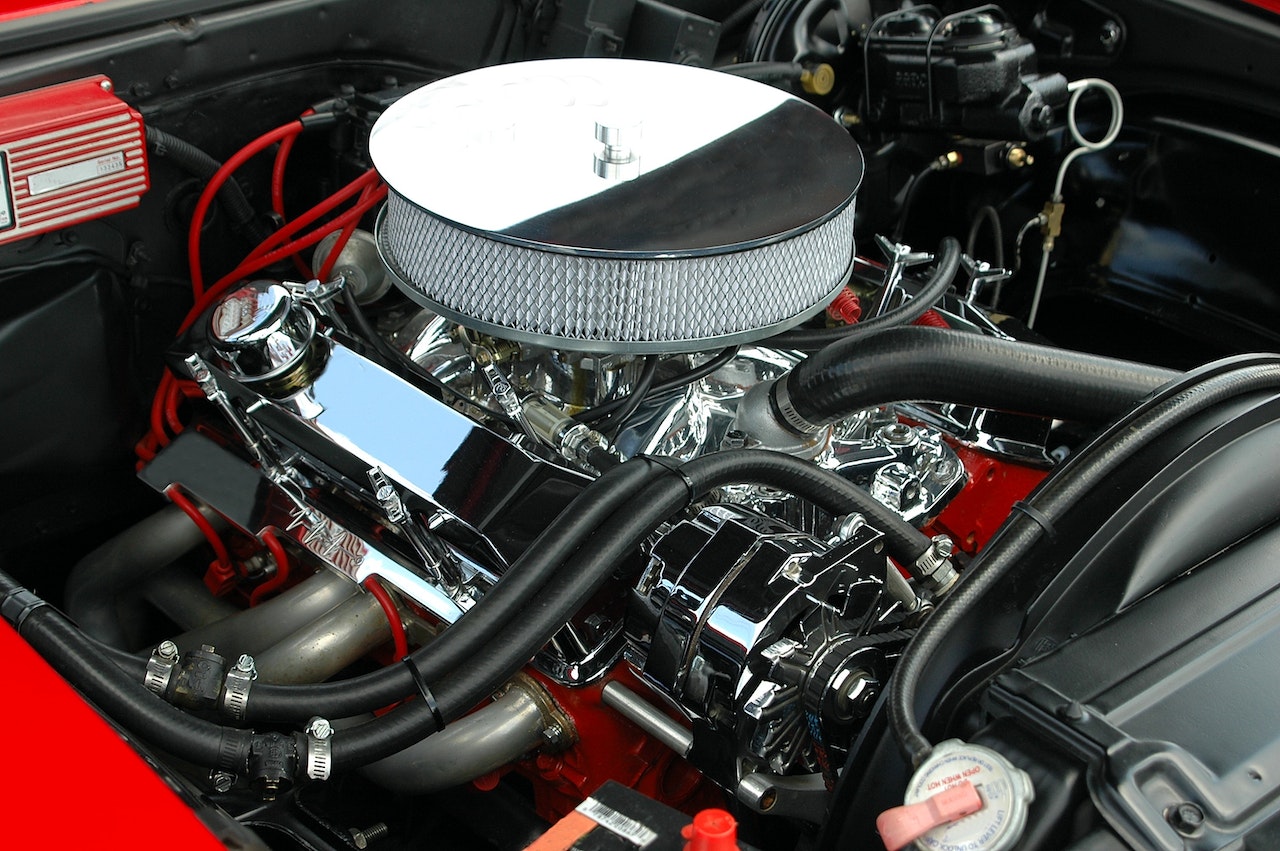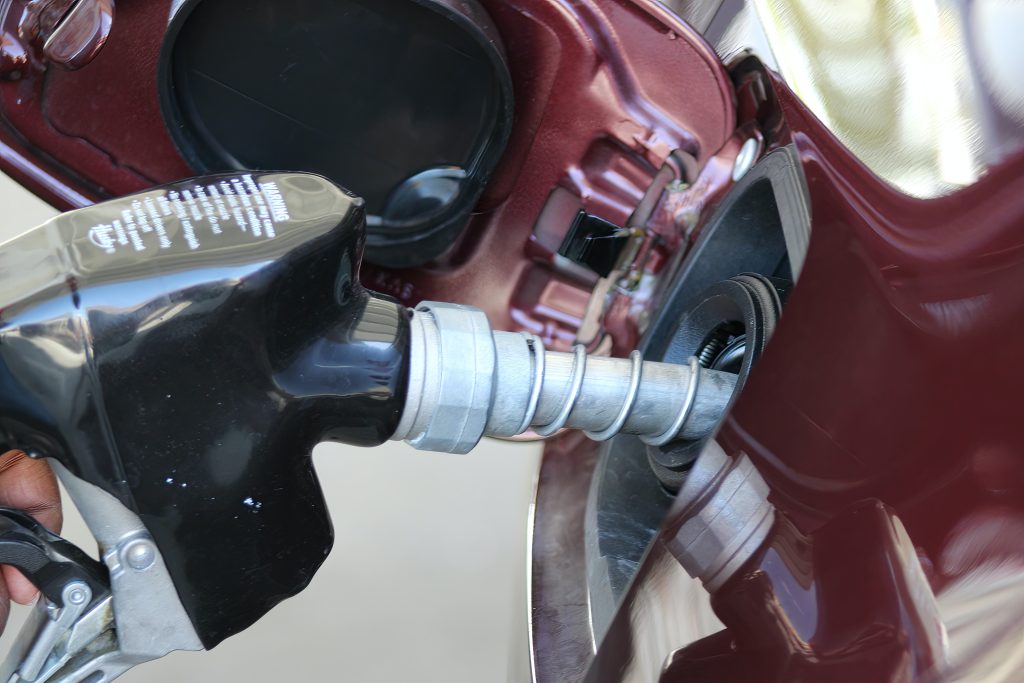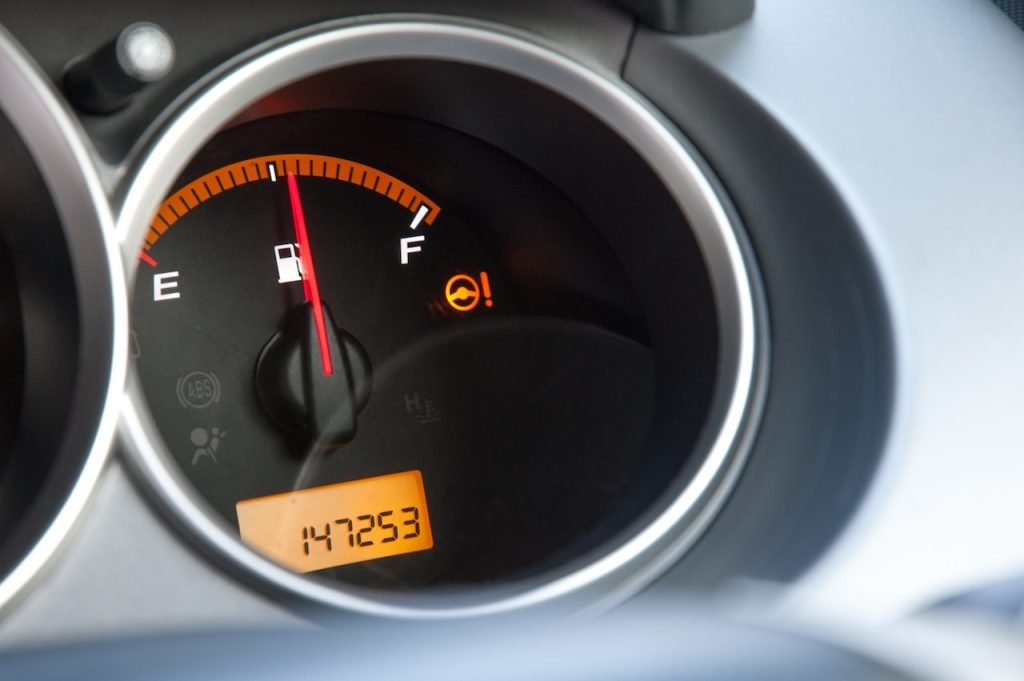In recent years, AdBlue has become an increasingly popular solution for reducing harmful emissions from diesel engines. This clear, non-toxic liquid is a synthetic form of urea mixed with exhaust gases to convert nitrogen oxides (NOx) into harmless nitrogen and water.
The use of AdBlue in a diesel car has multiple benefits, from reducing air pollution and improving fuel efficiency to extending the life of diesel engines. In this article, we will explore the many advantages of using AdBlue in vehicles and industrial machinery.
What Is AdBlue?
AdBlue is the brand name for a solution of urea and deionized water (DI water) used in diesel engines. It is an odourless, colourless, and non-toxic liquid injected into the exhaust system of diesel-powered vehicles and machinery. AdBlue is stored in a separate tank on the car, typically near the fuel tank, and is automatically injected into the exhaust stream as needed.
How Does AdBlue Work?
AdBlue is a selective catalytic reduction (SCR) technology that reduces NOx emissions by up to 90%. When AdBlue is injected into the exhaust stream, it reacts with the NOx gases and breaks them down into harmless nitrogen and water.
This process occurs in the catalytic converter, which is a part of the exhaust system. The result is a significant reduction in harmful emissions, which makes diesel engines much cleaner and more environmentally friendly.
Benefits of AdBlue
1. Reduces Air Pollution
The primary benefit of AdBlue is that it reduces air pollution by reducing NOx emissions. NOx significantly contributes to air pollution and can cause serious health problems, including respiratory issues, heart disease, and lung cancer. By using AdBlue in a diesel car, engines can significantly reduce their NOx emissions and help to improve air quality.
2. Improves Fuel Efficiency
AdBlue can also improve fuel efficiency by reducing the amount of fuel that is used by the engine. Because AdBlue reduces NOx emissions, the engine can run more efficiently, resulting in better fuel economy. This means that vehicles and machinery that use AdBlue can travel further on a single fuel tank, saving money in the long run.
3. Extends the Life of Diesel Engines
Another benefit of AdBlue is that it can extend the life of diesel engines. Because AdBlue helps reduce NOx emissions, it can also reduce the wear and tear on the engine. This is because NOx emissions can cause damage to the engine’s internal components, such as the piston rings and cylinder walls. By using AdBlue, diesel engines can run more smoothly and last longer.
4. Increases Engine Performance
AdBlue can also increase engine performance by reducing the amount of soot produced by the engine. Soot is a byproduct of diesel combustion and can cause various issues, including reduced power and acceleration, increased fuel consumption, and increased emissions. By reducing soot production, AdBlue can help keep engines running smoothly and performing at their best.
5. Reduces Maintenance Costs
Finally, AdBlue can help reduce maintenance costs for diesel engines. This is because AdBlue can reduce the amount of wear and tear on the engine, resulting in fewer repairs and replacements. Additionally, AdBlue is easy to use and requires minimal maintenance, which can save time and money in the long run.
Conclusion
Overall, AdBlue is a highly beneficial solution for reducing harmful emissions from diesel engines. It can help reduce air pollution, improve fuel efficiency, extend the life of diesel engines, increase engine performance, and reduce maintenance costs. As more and more countries around the world introduce stricter emissions standards, the use of AdBlue is likely to become even more widespread. Whether you are driving a diesel-powered car or operating industrial machinery, AdBlue is an innovative and effective solution for reducing harmful emissions and improving overall performance.
If you want to remove AdBlue in a diesel car, Fuel Fixer is the company you should call. We are the country’s leading misfuel specialists that can safely and efficiently remove AdBlue from your diesel vehicle. Contact us today to learn more about our services.


